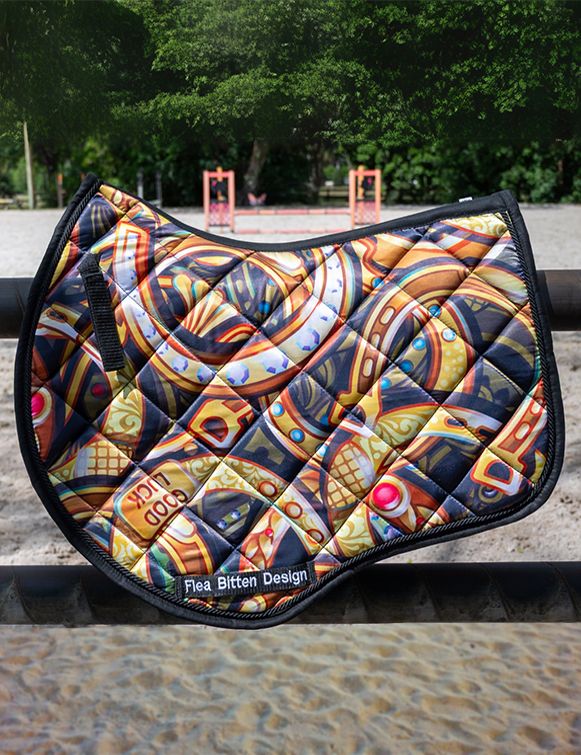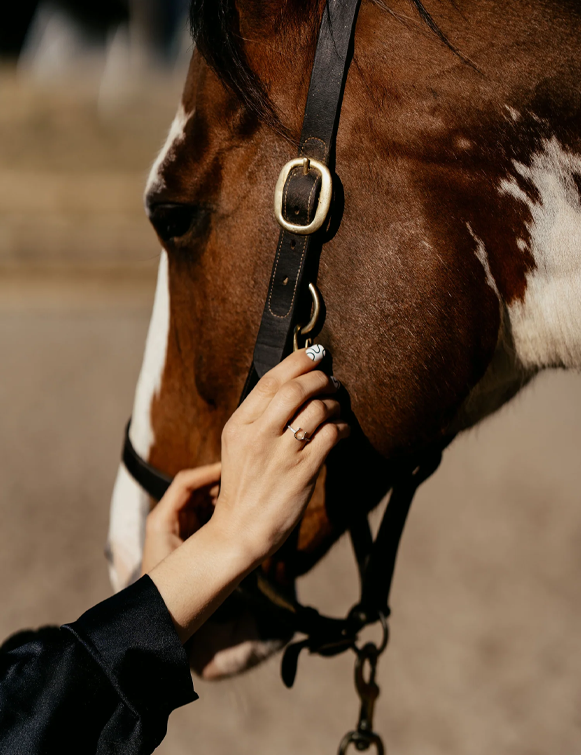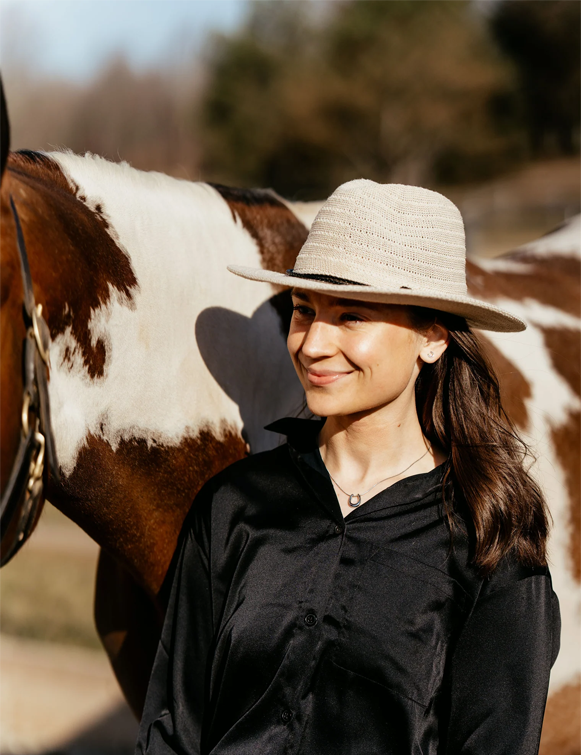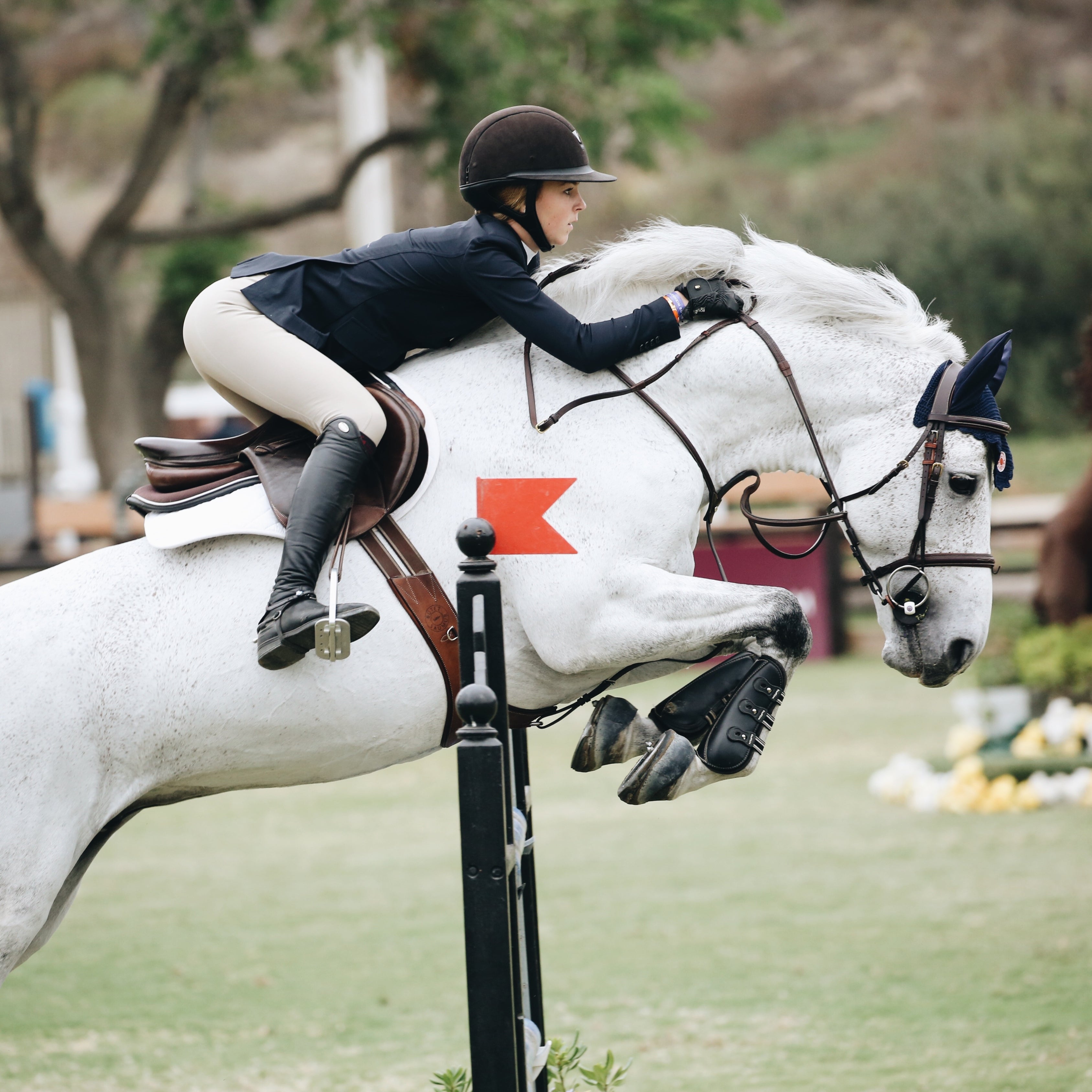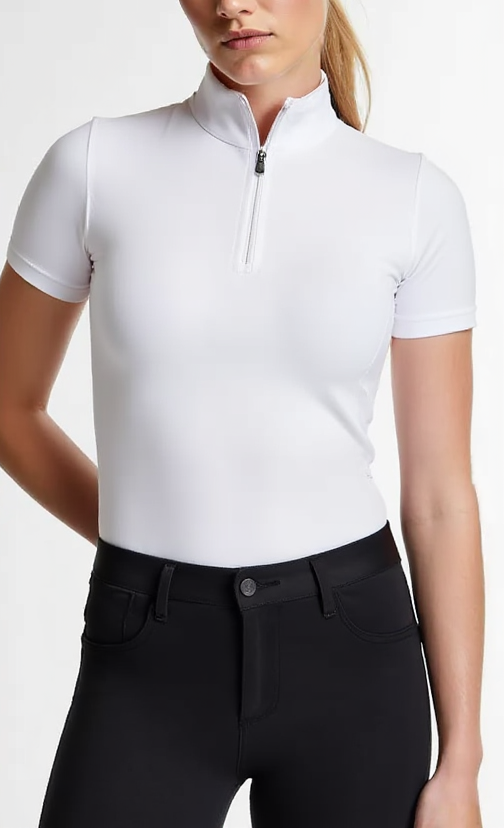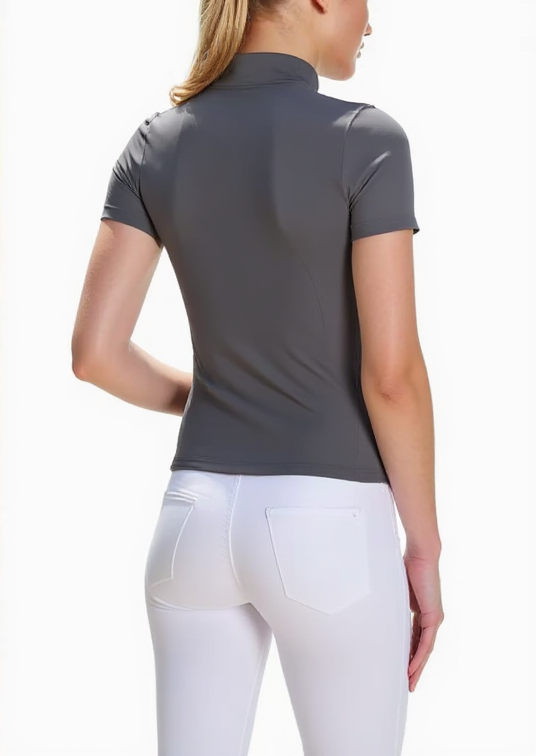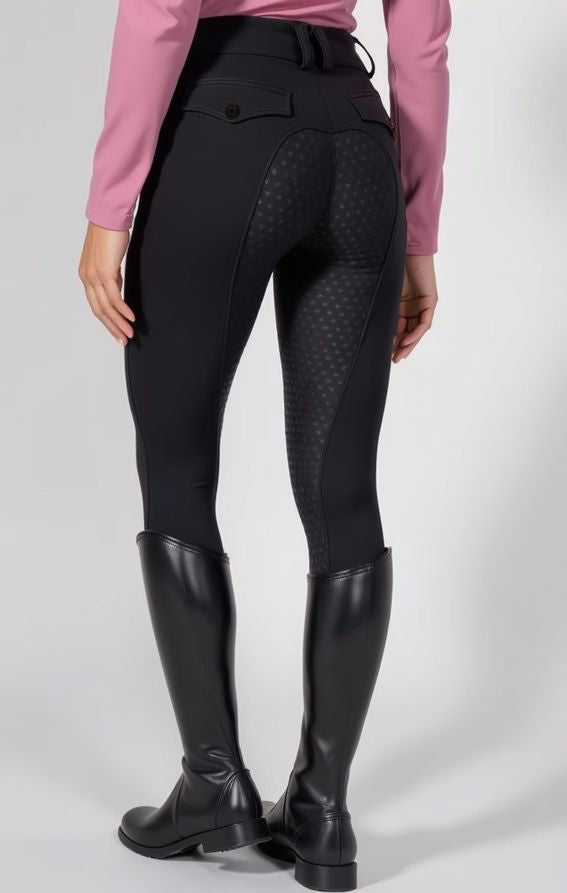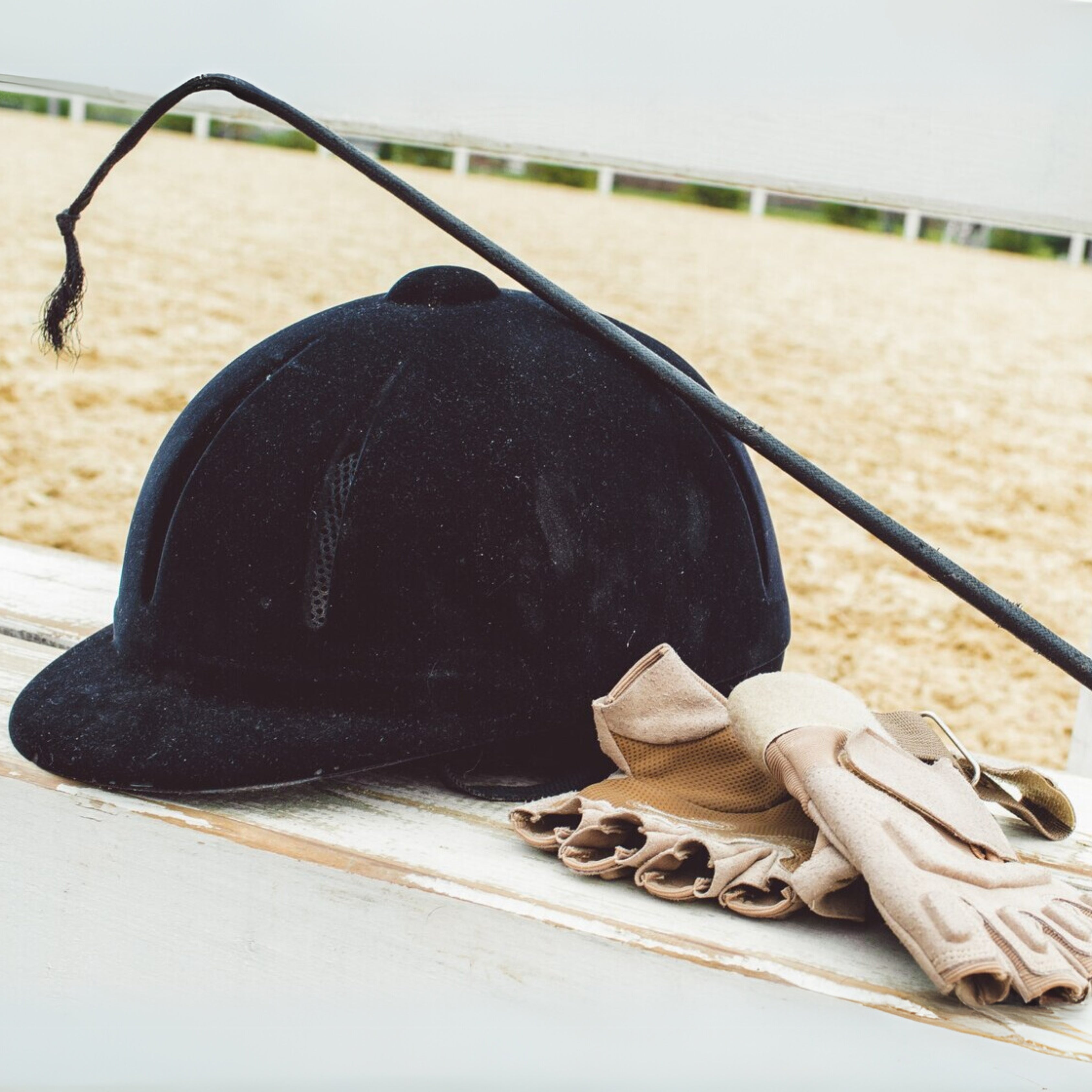
How to Keep Your Riding Gear Looking New
Equestrian gear is an investment, and keeping it in top condition is essential to ensure both its performance and longevity. Whether you ride competitively or recreationally, your tack, boots, helmet, and riding apparel endure significant wear and tear from exposure to dust, sweat, and daily use. Proper care not only extends the life of your gear but also ensures a polished, professional appearance whenever you ride.
Taking care of your equipment involves more than just cleaning it occasionally. Tack must be regularly maintained to prevent leather from drying out or cracking, boots require conditioning to keep them supple and comfortable, and helmets need proper storage to remain structurally sound. Riding apparel also benefits from special care to maintain its color, shape, and performance. Keeping your riding gear looking new requires attention to detail, but with a consistent maintenance routine, you can ensure that every piece of your equipment remains in excellent condition for years to come.
Why Gear Maintenance Matters
Riding gear is subjected to constant exposure to the elements, sweat, and friction, all of which contribute to gradual wear and tear. Without proper care, dirt and moisture can cause leather to deteriorate, fabric to lose its shape, and metal components to rust or weaken. Maintenance is not just about aesthetics—it also plays a critical role in durability, safety, and comfort.
Well-maintained gear lasts significantly longer, reducing the need for costly replacements. A well-conditioned saddle remains soft and pliable, while a properly stored helmet maintains its protective integrity. Safety is another important factor, as worn-out girths, cracked stirrup leathers, or a deteriorated helmet lining can compromise rider security. Regular inspections and cleaning help identify early signs of damage, allowing you to address small issues before they become major problems.
Another reason to care for your riding gear is the level of comfort it provides. Stiff leather tack, dirty boots, and sweat-stained riding clothes can make riding unpleasant and distracting. Clean, well-maintained equipment not only looks better but also enhances the overall riding experience by ensuring that everything fits and functions as it should.
Caring for Leather Tack: Saddles, Bridles, and Girths
Leather tack is one of the most expensive and frequently used pieces of riding equipment, making its upkeep essential. Without proper maintenance, leather can dry out, crack, or become stiff, which compromises both the rider’s comfort and the safety of the tack itself. Saddles, bridles, girths, and reins all require routine cleaning and conditioning to remain in excellent condition.
For everyday care, it is best to wipe down leather tack after each ride with a damp cloth or sponge. This helps remove dust, sweat, and dirt before they have a chance to build up. Tack that is left uncleaned for too long can develop a layer of grime, making it harder to clean and weakening the leather over time. After wiping down the tack, it should be allowed to air dry in a well-ventilated area before being stored.
A deeper cleaning should be done on a weekly or biweekly basis, depending on how frequently the tack is used. A quality leather cleaner should be applied to remove dirt and oil buildup. Once the tack is clean, it is important to apply a leather conditioner or oil to keep the leather soft and supple. Over-conditioning, however, should be avoided, as excessive oil can make leather too soft and weak. Tack that is exposed to particularly dry conditions may require more frequent conditioning to prevent it from becoming brittle.
Storage also plays a significant role in leather maintenance. Tack should be kept in a dry, cool environment to prevent mold and mildew from forming. If mold appears, a mixture of vinegar and water can be used to clean the affected areas before reconditioning the leather. Using a well-ventilated tack room and avoiding excessive humidity can help prevent mold growth and maintain the quality of the leather for years.
Keeping Your Boots in Top Shape
Riding boots endure significant wear and tear from exposure to dirt, mud, and sweat, making regular cleaning and conditioning essential. Boots that are neglected can become stiff, cracked, or misshapen, leading to discomfort and a worn-out appearance. Proper care ensures that boots remain functional, comfortable, and polished for daily riding and competition.
After each ride, it is a good practice to wipe down boots with a damp cloth to remove dust and dirt. If mud has accumulated, a soft brush can be used to gently scrub it away. Leather boots should be cleaned with a mild leather soap or cleaner, ensuring that all grime is removed before applying a conditioning product. This step is particularly important for tall boots, as the leather on the shaft can become dry and stiff if not regularly maintained.
Storage is another important aspect of boot care. Boots should always be stored upright, preferably with boot trees inserted to help them retain their shape. Allowing boots to slouch over time can cause creases and weaken the leather, reducing their longevity. Storing boots in a cool, dry location prevents the leather from drying out or becoming too soft, which can cause them to lose their structured fit.
Boot zippers and elastic panels also require attention. Zippers should be kept free of dirt and debris, and an occasional application of zipper lubricant can help keep them functioning smoothly. Elastic panels should be checked regularly for signs of stretching or wear, as replacing them before they fail completely can extend the life of the boots.

Helmet Maintenance for Safety and Longevity
A riding helmet is one of the most important pieces of safety equipment, and proper maintenance is essential to ensure that it remains both protective and presentable. Unlike other riding gear, a helmet cannot be restored once it has sustained damage, making careful handling and storage a priority.
The exterior of a helmet should be wiped clean with a damp cloth after every use to remove dust and sweat buildup. Harsh cleaners should be avoided, as they can weaken the materials used in the helmet’s construction. For helmets with removable liners, the liner should be washed regularly to prevent odor and bacteria buildup. If the liner is not removable, sprinkling a small amount of baking soda inside the helmet overnight can help absorb moisture and odor.
Storage is another important factor in helmet maintenance. Helmets should always be kept in a protective helmet bag to prevent scratches and dents. They should also be stored in a cool, dry area, away from direct sunlight or extreme heat, as exposure to high temperatures can weaken the materials and compromise safety.
A helmet should be replaced immediately if it has been involved in a fall, even if no visible damage is apparent. Additionally, helmets should be replaced every three to five years due to the natural degradation of materials over time.
Maintaining Riding Apparel
Riding clothes go through a lot of wear, particularly breeches, show shirts, and jackets that are regularly exposed to dust, sweat, and movement. Proper care keeps them looking sharp and professional while maintaining their durability.
Breeches and show shirts should be washed inside out in cold water to help preserve their color and prevent fading. Fabric softeners should be avoided, as they can break down the performance fabrics used in riding apparel. It is best to hang dry breeches rather than using a dryer, as heat can cause shrinkage and weaken the elasticity of the fabric.
Show jackets require special care to keep them looking crisp. Using a steamer is preferable to an iron, as steam removes wrinkles without damaging the fabric. Jackets should always be stored on a hanger in a garment bag to protect them from dust and wrinkles. Dry cleaning is recommended for deep cleaning, but it is important to follow manufacturer instructions to avoid damaging delicate materials.
Gloves should also be cleaned regularly, as they accumulate sweat and dirt from handling reins. Leather gloves should be conditioned occasionally to keep them soft and flexible, while fabric gloves can usually be machine washed on a gentle cycle.
Final Thoughts
Caring for your riding gear is an essential part of being an equestrian. Regular cleaning, proper storage, and timely maintenance not only keep your gear looking new but also ensure that it remains safe, functional, and comfortable. By investing a little time in maintaining your tack, boots, helmet, and apparel, you can extend their lifespan and enjoy the benefits of high-quality, well-maintained equipment for years to come. Proper care not only enhances your performance and confidence in the saddle but also reflects a commitment to the sport and the well-being of both horse and rider.



